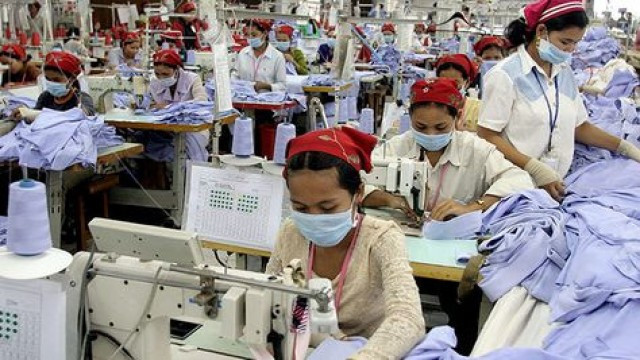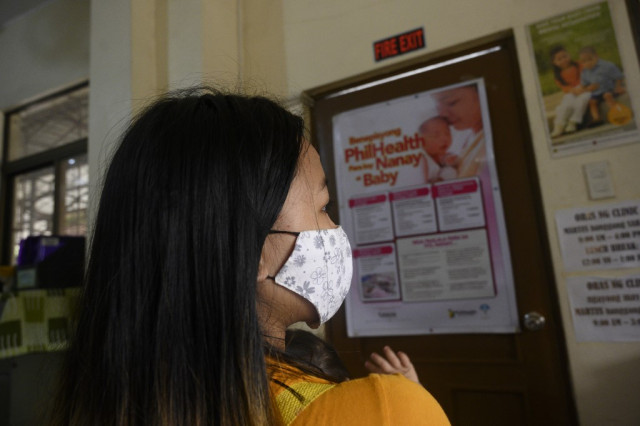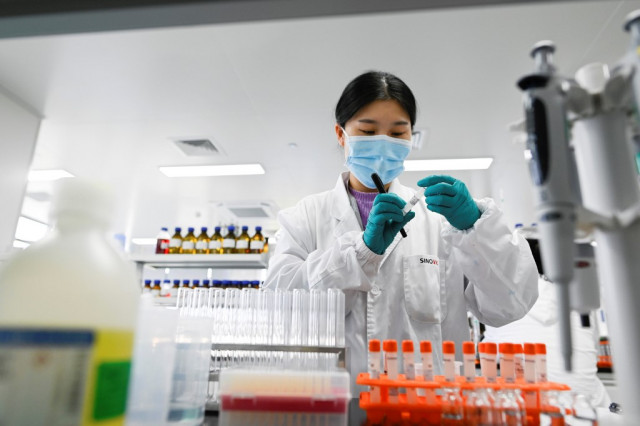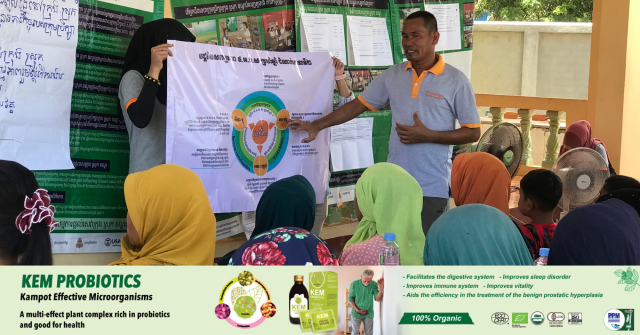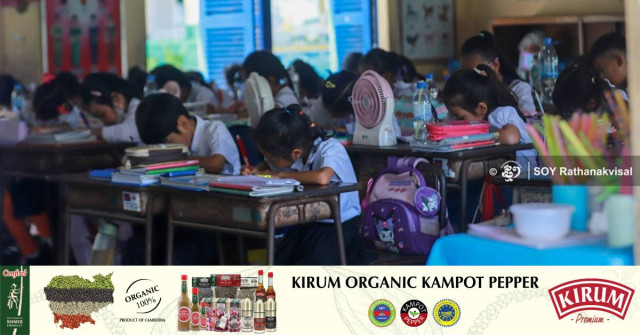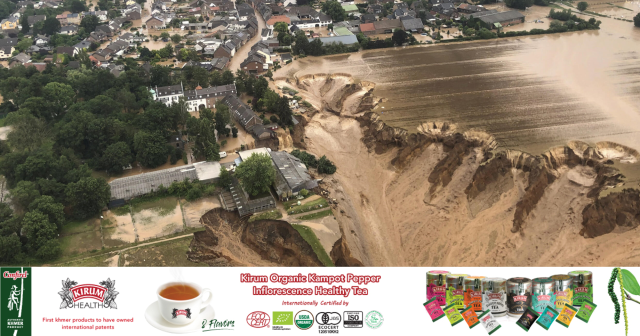Opinion: Capturing The Process of Citizens Reshaping Their City
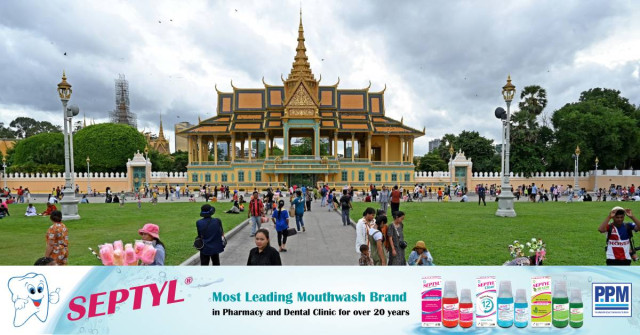
- By Rafael Martinez
- and Aronsakda Ses
- December 14, 2023 8:50 AM
Cities are dynamic and complex spaces that are in a constant state of transformation and reinvention. The urban environment's tendency toward adaptation and reinvention makes cities resilient and capable of meeting the ever-changing needs of their residents and the challenges of the modern world.
But as cities like Phnom Penh constantly transform and encounter fresh challenges, engaging residents in shaping these landscapes becomes essential and paves the way for more inclusive, responsive, and sustainable urban development.
In Cambodia, youth is a rapidly growing population in urban and semi-urban settings, with approximately 60 percent under 25. This demographic dividend means youth must be crucial in shaping Cambodia's urban future.
To harness the full potential of youth in transforming towns and cities in Cambodia, it is essential that government stakeholders and community organisations actively nurture and engage with youth. Furthermore, closer regional cooperation amongst cities can guarantee that planners are informed about various viewpoints, difficulties, and potential solutions.
One recent project demonstrates the role of youth and regional collaboration in reimagining an urban space for the better by empowering them to generate innovative solutions.
Youth Involvement Generates Inclusiveness
Although they are often left out of policy-making conversations, many Cambodian youth are already actively engaged in improving their urban environments. This is evident in youth-led initiatives like the Rubbish Youths Group and Nisset Plastics, which regularly lead public campaigns to clean up Phnom Penh. Cambodian youth have demonstrated their interest in advocating for sustainable development, social justice, and community involvement in urban planning and governance.
Future Forum has collaborated with Singapore's Lee Kuan Yew Center for Innovative Cities to bring youth and regional perspectives into urban planning conversations to create a youth-led urban planning project. The project aims to challenge young people to reimagine streets 178 and 184—which run near the grounds of the National Museum and the Royal Palace—as more human-centric spaces.
The project brought together a group of youth from various backgrounds and expertise, including design, urban planning, business, and transportation. Some are residents of streets 178 or 184, others are from more distant provinces, and some represent marginalised groups.
These youth were involved at every step of the process. Young people led the planning of all activities related to the project and decided on the location, theme, timeline, methodology, and workshop activities.
It's also important to note that the project's core focus has been guided by community input. As part of their preliminary research, young people took to the streets to conduct a citizen survey and speak directly with residents of 178 and 184 and with shop owners, street vendors, and commuters to ask for their feedback about how they envision the future of these city spaces.
As part of the survey, youth asked people about their experiences using the streets—information that would be crucial in planning and redesign efforts. For example, shop owners were asked about the frequency of freight deliveries to their storefronts, and residents were asked where they currently park their motor vehicles.
76.1% of respondents thought positively of potential efforts to transform streets 178 and 184 into more human-centred spaces. The highest level of support for a redesign—80%—came from residents and shop owners. All groups surveyed identified street trees to provide more shade, additional on-street seating, freight loading points, and garbage collection points as their top priorities for transformative change.
Youths Shaping Urban Environment
Keeping this local feedback in mind, young people then began a collaborative process to rethink how these two Phnom Penh streets could serve the people who depend on them.
Youth participated in peer-led co-learning sessions to facilitate the group's understanding of urban policy and the integration of policy and design and equip this young group with best practices in transforming urban environments. These sessions served as egalitarian spaces for exchanges of ideas.
Finally, the group dove into collaborative design sessions, allowing participants to conceive real-world applications for urban policy and sketch design ideas.
The plans that emerged from these design sessions transformed these streets into pedestrian-friendly, activity-rich, human-scale thoroughfares oriented around people's needs.
As the plans for these streets took shape, the variety of backgrounds and experiences of the participants made it clear why all urban planning processes must allow for contributions from multidisciplinary voices.
The designers in the group were able to craft beautiful, well-shaded spaces with seating and flexible activity spaces to liven up these neighbourhoods. Design concepts were grounded in and reinforced by urban policies. Participants, for instance, crafted a green expansion policy that envisions increasing the number of street trees from 65 to over 150 over three years.
The transportation experts contributed by creating spaces for freight delivery and garbage collection for the convenience of residents and shop owners. They also made a schedule for shop owners to take turns using the freight delivery spaces without conflict and within staff working hours, based on information gathered from the citizens surveyed.
The personal experience of the young people who use these two streets daily is also reflected in the final street plans. These young people, for instance, pointed out the need to create infrastructure to support street vendors who provide much-appreciated services to locals. The group, therefore, made designated areas for street vendors to set up shops, with multiple spots being established based on where vendors already sell their wares.
The group also recognised that art studios lining Street 178 already provide charm and character to the street. Thus, participants proposed an art walk, a wide pedestrian zone flanked by outdoor art installations, which can double as additional display spaces for these art shops.
The Royal University of Fine Arts and the National Museum are anchor points for attracting visitors. To enhance the activities of these two institutions, participants proposed dedicating the entire eastern half of tree-covered Street 184 to an outdoor art space with ample seating and a children's playground—choosing to stick to passive activities rather than active ones due to the street's proximity to the Royal Palace.
These young people melded local input with contextually-aware design and policy ideas. Given how residents, businesses, and visitors already use these streets, they crafted solutions that fit the existing context and make sense. If more youth were given the support and platform to get involved in all urban planning and design steps, what other transformational ideas could they contribute to Phnom Penh?
If cities like Phnom Penh value and empower youth, we can make progress toward building more resilient, equitable, and vibrant urban environments.
Regional Collaboration for Better Cities
It's important to note that this project wasn't just about platforming youth-led urban design ideas. This collaboration also transcended national borders and brought together perspectives from Cambodian and Singaporean institutions.
Collaboration does not have to be a local-only process. Southeast Asian cities should learn from one another in ways that generate mutually beneficial results.
As mentioned, these activities stemmed from an ongoing collaboration between Future Forum in Cambodia and the Lee Kuan Yew Centre for Innovative Cities in Singapore. This project, in particular, has thrived by combining the diverse perspectives on technology, design, and urban policy that each institution was able to bring to the project.
In practice, this meant Future Forum fellows steered the conversation on urban policy and design. Scholars from the Lee Kuan Yew Centre for Innovative Cities rounded out the discussion, focusing on community-led public space and placemaking initiatives in developing nations. This multidisciplinary approach was instrumental in assisting participants to grasp the process of reimagining the city more broadly.
By bringing in diverse regional perspectives, city planners and policy researchers can share notes, take stock of best practices, and better understand urban issues from different perspectives.
Youth Are The Backbone Of Cities
As cities continue to change, it is crucial for planners to not only listen to citizens but also seek out their direct involvement. Additionally, more regional collaborations should be pursued, as they allow practitioners to learn from each city's unique circumstances.
The role of youth in reimagining Cambodian towns and cities should be consequential and multifaceted. Creating platforms for their participation, championing their ideas, and integrating them into urban planning decision-making processes can maximise their impacts.
Urban planning processes should contribute to creating cities as venues to negotiate ways to meet all residents' present needs and future aspirations.
Authors:
Rafael Martinez is an anthropologist by training. His research focuses on cities, mainly in Southeast Asia and Indonesia. He works as a research fellow at the Lee Kuan Yew Centre for Innovative Cities, Singapore University of Technology and Design.
Ses Aronsakda is a research fellow at Future Forum. Educated as an architect, he researches Phnom Penh's urban planning and is interested in all aspects of cities and urban design.






